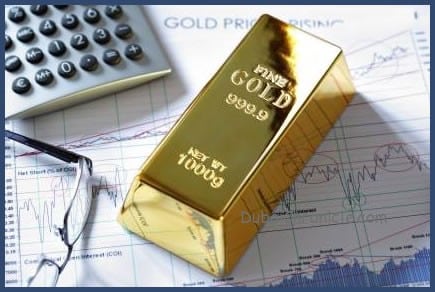
Swiss bank UBS forecasts gold price to average $1,350 an ounce in 2017, characterizing the metal as “down but not out” after significant declines over the last few weeks.
Silver, platinum and palladium are also seen rising next year from current levels. And their predicted rise seems more justified due to their industrial use.
- Read more: HSBC trims Silver prices forecast for 2017
Strategist Joni Teves said in a report last Thursday that the bank’s higher gold-price expectation has been tapered to reflect moves across a range of markets after U.S. elections, with expectations that fiscal stimulus will boost economic growth and yields. In the near term, gold looks “fragile” and is likely to remain under pressure ahead of the Dec. 14 meeting of the Federal Open Market Committee, UBS said. A rate hike is widely expected.
As of late Thursday morning, spot gold was at $1,169.10 an ounce; UBS said $1,150 is possible.
Given that the market has already moved and positions have been adjusted, analysts don’t expect any further downside from here. But they might be wrong, as this decline could be just the start of the spread of a more prolonged bearish sentiment. Gold may look attractive around these levels, but in the long-term its position doesn’t look sustainable.
UBS analysts expect gold to make its way back towards this level in the months ahead as the rationale for holding gold from a strategic standpoint remains intact, in their view. But risk appetite is on the rise amongst investors and holding non-producing asset is not very lucrative opportunity.
The key for gold, UBS said, will be “real” interest rates, which is the yield on government bonds –traditionally 10-year notes — minus inflation. But the key to gold could be also the change of leadership in the United States and the impact of it on business prospects and stock markets.
UBS also acknowledges that the downside risk to its base-case scenario has increased. Any downside in gold could accelerate if real yields rise on a sustained basis.
Meanwhile, UBS looks for silver to average $18.60 next year. Spot metal was around $16.50 late Thursday morning.
Analysts suggested silver may largely be driven by moves in gold. Still, silver links to economic activity via its industrial-demand component should help its relative performance to gold during periods when markets are optimistic about growth and risk.


































